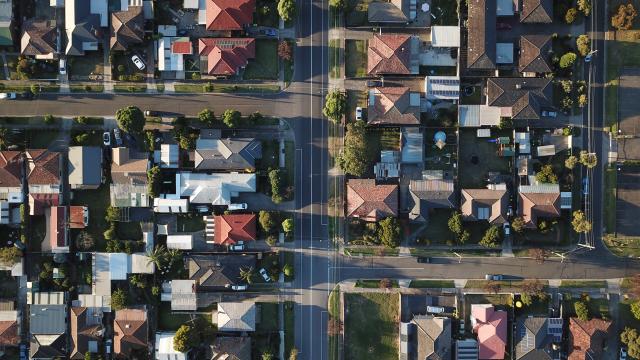Zoe Moffatt
A Hume councillor says housing affordability is ‘out of reach’ for its residents under its latest Housing Diversity Strategy.
At a council meeting on August 28, Hume council adopted the strategy, and endorsed the draft Good Design Guide for consultation.
The strategy aims to guide and manage housing change, with 90 per cent of established residential areas to be rezoned to limit new development to two stories, to fit neighbourhood character.
It also includes Planning Policy Framework that that seeks the provision of at least 10 per cent affordable housing.
Speaking at the meeting, councillor Naim Kurt said the document is a significant report but he holds reservations.
“I think that this policy does try to tie up a lot of the suggestions that have come from our residents and issues which are often raised during planning meetings,” he said.
“I do have some reservations particularly regarding the housing affordability target of 10 per cent. In my view this target falls short of what our community truly needs.
“I think a 10 per cent housing affordability target feels inadequate. It doesn’t keep pace with the household income stress experienced by many of our residents.
“I think this target will place 90 per cent of housing out of reach for most of our residents.”
According to the strategy, Hume used to have relatively good levels of housing affordability within the Melbourne metropolitan area.
The strategy said however has rapidly been eroded the last decade, with only 15.6 per cent of all rentals in Hume being deemed affordable in March 2021.
Cr Kurt said he believes the council should be at the forefront of challenging housing affordability.
“Currently, 45 per cent of households in Hume fall within the low to very low income bracket being less than $88,000 earned per annum in households,” he said.
“Our community wellbeing extends to housing and I think it’s incumbent upon us to push for policies that truly make housing affordable and accessible to all.”
The strategy also identifies land use categorisations with 51 per cent marked for limited change, 39 per cent for gradual change, eight per cent for moderate change, and 1.5 per cent for high change.







